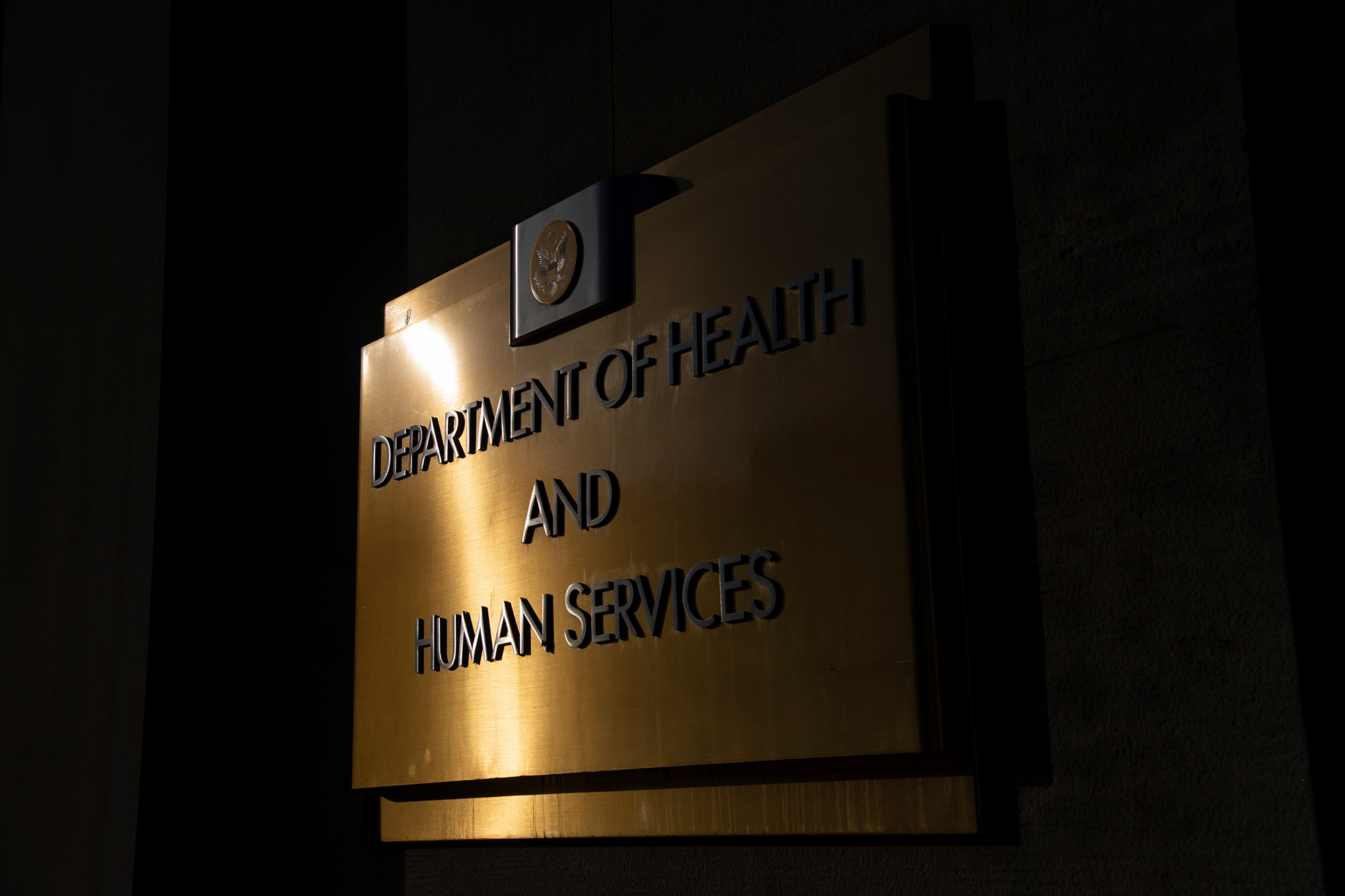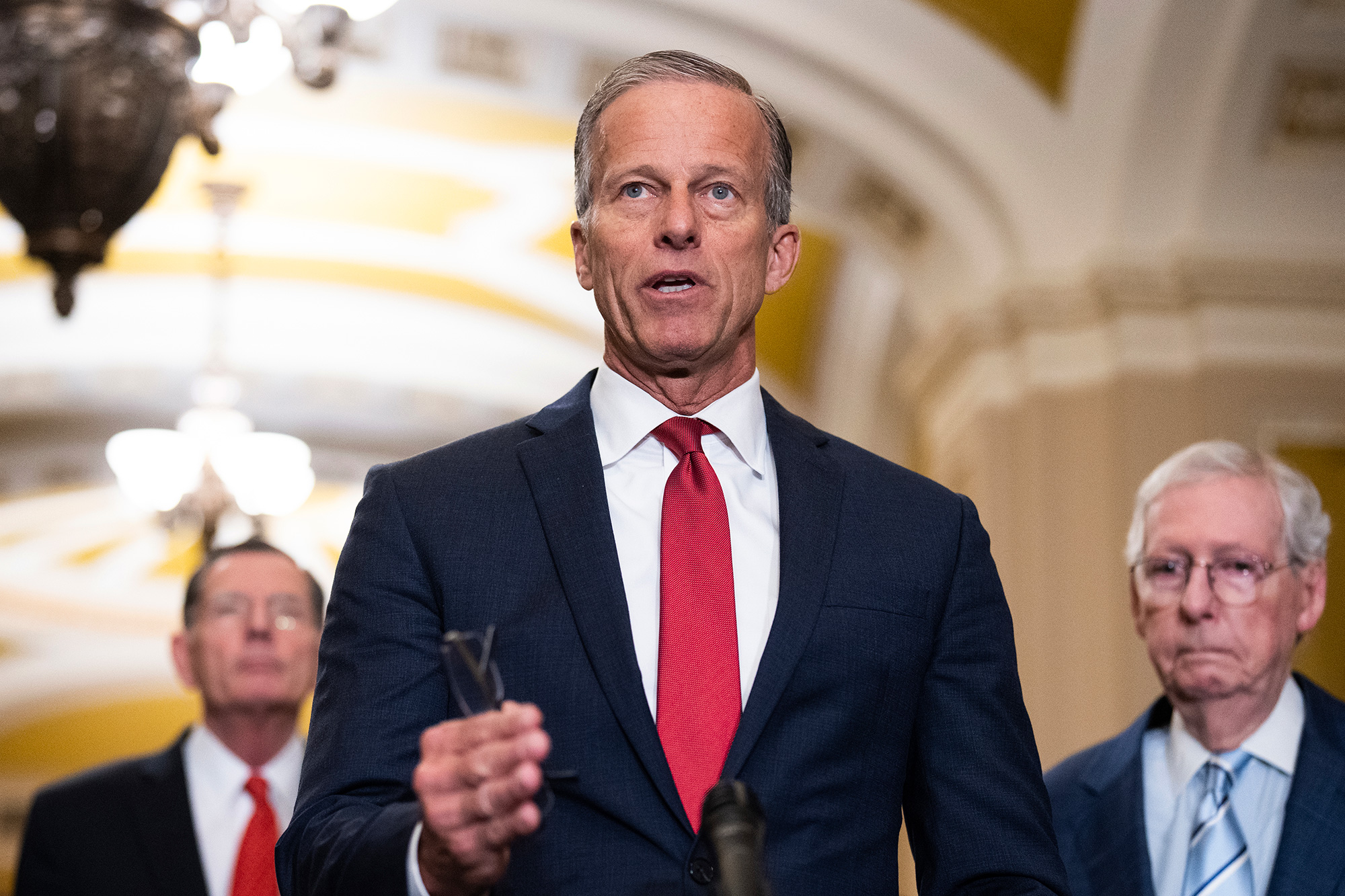President Trump’s recent tariff announcement – that the U.S. will be implementing “reciprocal tariffs” on countries that tax American goods – shook up the political and business worlds overnight.
But much of the news coverage is missing an important piece of context: the United States had abnormally low tariff rates to begin with.
Of the 134 countries that the World Trade Organization had data for as of 2023, the U.S. had the lowest average tariff rate at just 3.4 percent – for every $100 worth of stuff a U.S. importer brings in, they paid an average of $3.40 in extra taxes. On the other end of the spectrum was Bangladesh, taxing imports at 155 percent. The median rate charged by all other countries was about 30 percent.
In general, developed countries like the U.S. have lower tariff rates than developing countries. Among our developed peers, the U.S. still had the lowest tariffs, but we were much closer to the average.
There is no single metric that determines if a country is “developed,” but the United Nations says the term applies to the U.S., Canada, Europe, Israel, Japan, South Korea, Australia, and New Zealand. Among that group, the median tariff rate was just under 7 percent. Iceland had the highest tariff rate of this group at 24 percent.
America trades with a lot of countries that are not on the UN’s list of developed nations; their tariff rates vary widely. America’s top trading partner, Mexico, had an average tariff rate of over 36 percent on goods coming into their country. China, our third-closest trading partner behind Canada, had a tariff rate of 10 percent. India, further down the list as the U.S. 12th biggest trading partner, had an enormous 50 percent tariff rate.
Where will President Trump’s recently announced tariffs place us on the global stage?
It’s too soon to know for sure. Analysts at JP Morgan predict the reciprocal tariffs will bring America’s average rate to 23 percent, a jump of 20 points since President Trump took office.
The U.S. would go from the lowest-tariff country in the world to one of the highest among developed nations, overnight.
Commerce Secretary Howard Lutnick said President Trump’s tariffs go deeper than raising revenues, that they represent “the reordering of fair trade” at the global level. It’s hard to argue against that. But will this reordering lead to more balanced trade, or unintended consequences?
RELATED: The Case for and Against the Trump Tariffs
Related
Peyton Lofton
Peyton Lofton is Senior Policy Analyst at No Labels and has spent his career writing for the common sense majority. His work has appeared in the Washington Examiner, RealClearPolicy, and the South Florida Sun Sentinel. Peyton holds a degree in political science from Tulane University.




